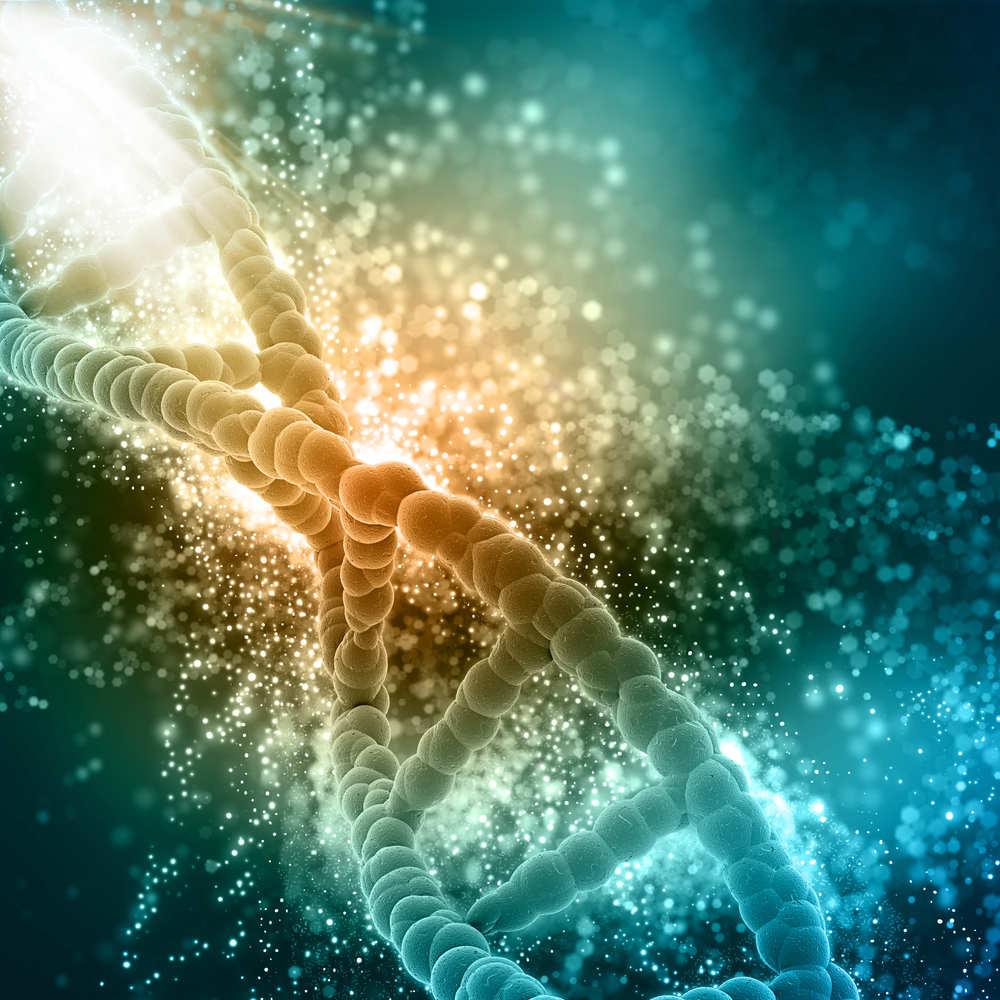Numerous DNA Repeats Seen in Huntington’s May be Result of Gene Repair Effort
Written by |

Researchers may finally have tracked down an explanation for expansions of three-letter DNA sequences that disrupt genes, and lead to Huntington’s disease and numerous other neuromuscular and neurodegenerative conditions.
The study, “The role of break-induced replication in large-scale expansions of (CAG)n/(CTG)n repeats,” published in the journal Nature Structural & Molecular Biology, explains how hundreds of new repeats can be added in one step — and brings new understanding as to why such gene mutations tend to get more severe in successive generations.
In Huntington’s disease, repeats of the three DNA bases — CAG — are inserted into the huntingtin gene, disrupting its ability to work. Patients usually have 40-80 such repeats. Longer sequences are rare and cause disease in younger individuals. In other diseases, such as the muscular degeneration disease myotonic dystrophy, patients with severe disease can carry several thousand CTG repeats.
Researchers at Tufts University in Massachusetts used yeast to study the evolution of the mutations — discovering that genes that are involved in repairing breaks in the DNA strand are also responsible for adding repeat CAG or CTG triplets to a gene.
Earlier studies detected DNA replication systems that could add a few expansions at a time. But these mechanisms could not explain the sudden appearance of hundreds of repeats.
To get around this, the Tufts researchers developed a system that could detect large additions. Using their system in yeast, they saw simultaneous additions of more than 100 triplets, much like what is seen in people with Huntington’s and other diseases.
“Not only does this model explain how additions of hundreds of repeats can occur in human diseases, but it can also account for a bias towards expansions observed in human pedigrees,” Jane Kim, PhD, the study’s first author and now an assistant professor at California State University San Marcos, said in a news release.
Researchers discovered a gene machinery that uses triplets as quick fixes for mending broken DNA strands. This machinery, called break-induced replication, is not concerned with the correct sequence, as long as the break is repaired.
“We think these large-scale repeat expansions could occur in a single step,” said Sergei Mirkin, PhD, White Family Chair in Biology at Tufts School of Arts and Sciences and senior study investigator.
Mirkin explained that in certain instances, the DNA replication machinery gets stuck when encountering repeats that are already present. This makes the DNA strands break, which, in turn, recruits the break-induced repair system that adds a large number of repeats to close the break.





